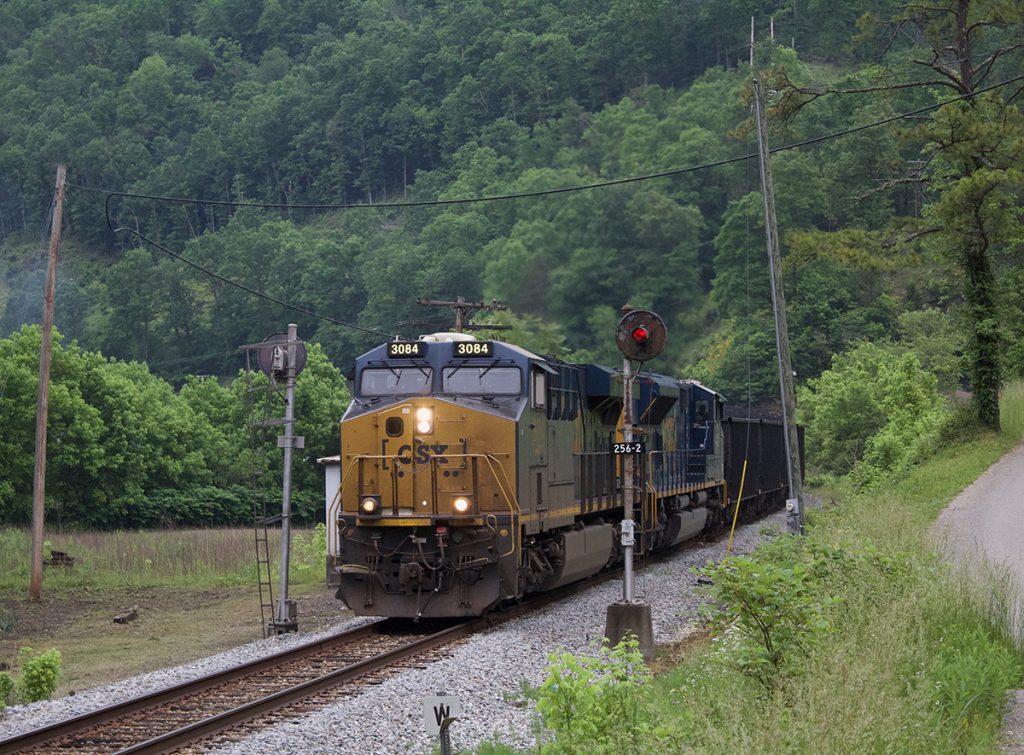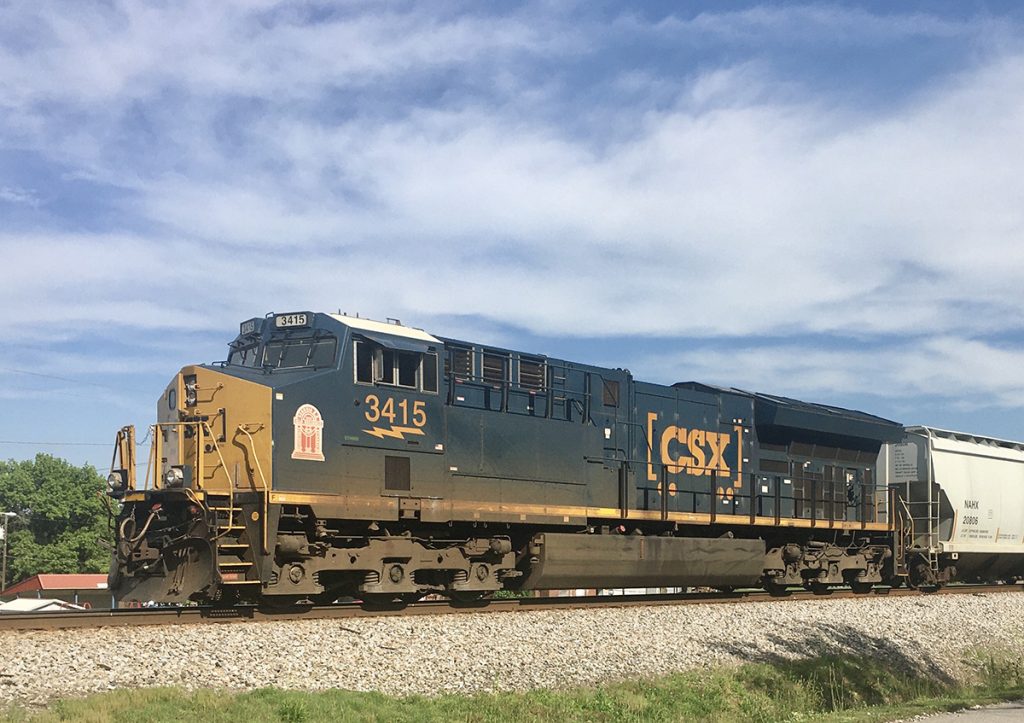
Congratulations to Wally Watts on his 90th birthday!
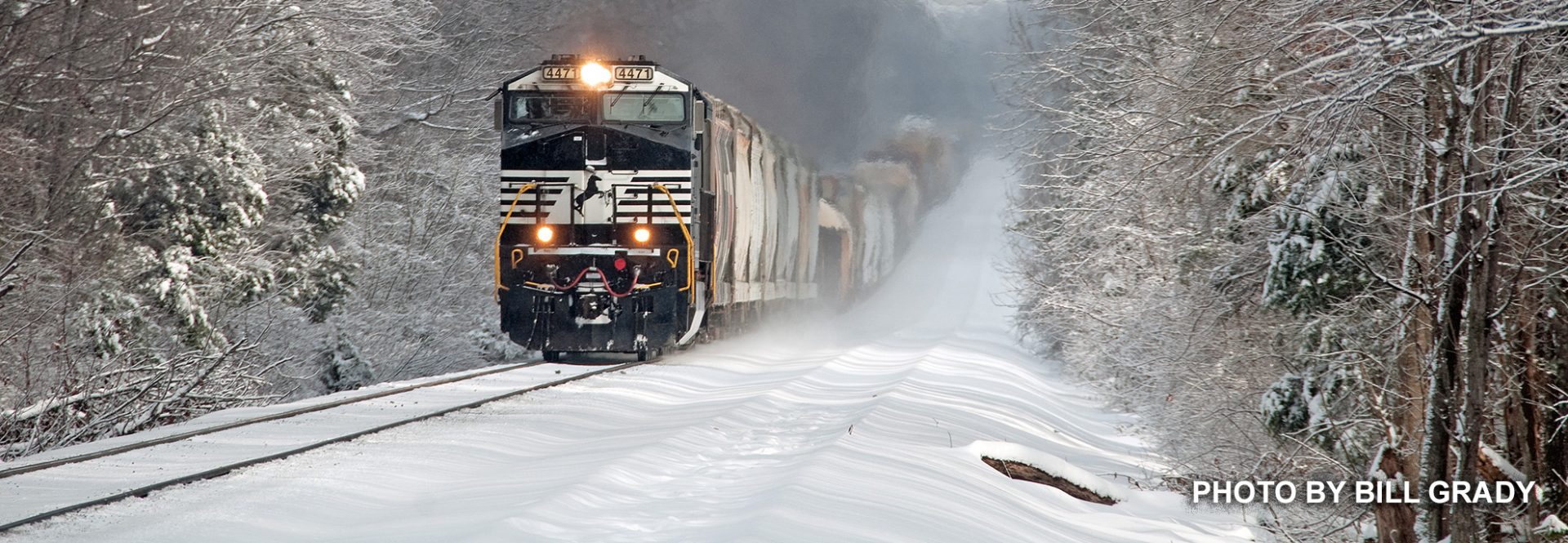

Congratulations to Wally Watts on his 90th birthday!

Sadly, these days we rarely see a caboose at the end of a train. Yesterday’s train crew of five or six is now an engineer and conductor, and they ride in comfort up front in their diesel locomotive. But in days past, the caboose was not only an observation platform, it served as the “Home on the Road” for the crew.
Until laws were passed limiting a workday to 16 hours (more recently reduced to 14 and now 12) the train crew relied on the caboose for food and housing. Trains were dispatched with orders stating essentially: “get it there – no matter how long it takes” Train crews cooked and slept aboard.
Trains would also stop where restaurants were close by, and many depots had a beanery. This cartoon by Joe Easley depicts the conductor instructing the hustling brakeman to “make mine Ham on Rye.” As you can imagine, train crews weren’t going to go hungry for long, as they knew where the food was good, pies fresh and coffee hot (and a cute waitress thrown in for good measure.) And more than just occasionally a track-side farmer lost a chicken or two.
In Trains Magazine’s special “Railroads and World War II” a story is told that President Roosevelt and Mexican President Manual Avila Camacho and their entourage were travelling in Mexico to Laredo at night. The train stopped out in the middle of nowhere, and as you can imagine the Secret Service went nuts. The Mexican Trainmaster calmly told them the crew was enjoying their usual late-night snack. “They can’t do that. There’s a couple of presidents on board.” At some point the agents were pointed toward a barely visible light. They ended up walking nearly a half mile to a small shack, where they found the crew enjoying sandwiches washed down with tequila. As presidential secretary Grace Tully later wrote, “Conversation in neither English nor Spanish could prevail upon them to return to the train until they had finished their meal.”
Gary O. Ostlund, gary.ostlund2@gmail.com, Pinehurst – USA
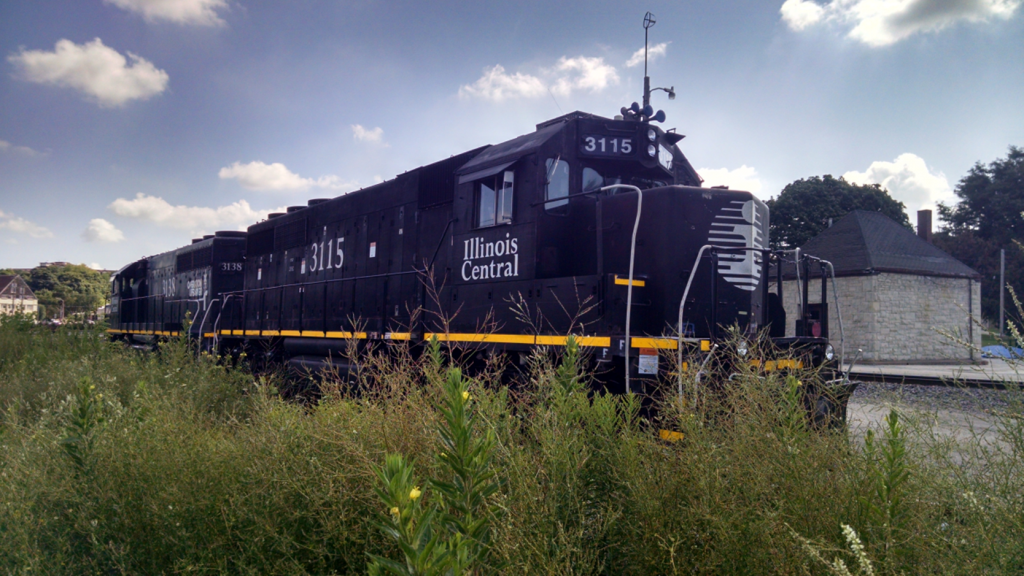
It’s Friday August 7, 2020 along the Canadian National (ex-Wisconsin Central) in Waukesha, WI.
Some 30-plus years after being rebuilt at Paducah, KY two Illinois Central GP40u locomotives, 3115 and 3138, await the crew of the Waukesha-based Sussex local to come on duty. Photo by Chris Dees.
With only 15 of these still active, what are the odds???


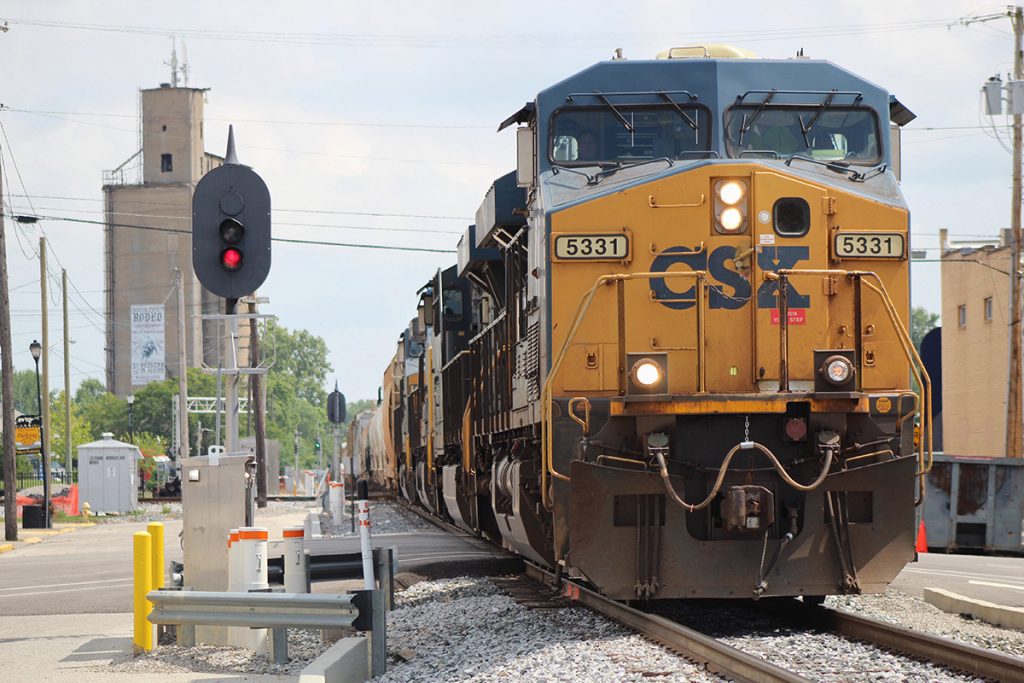
Other entries – Click picture for full view
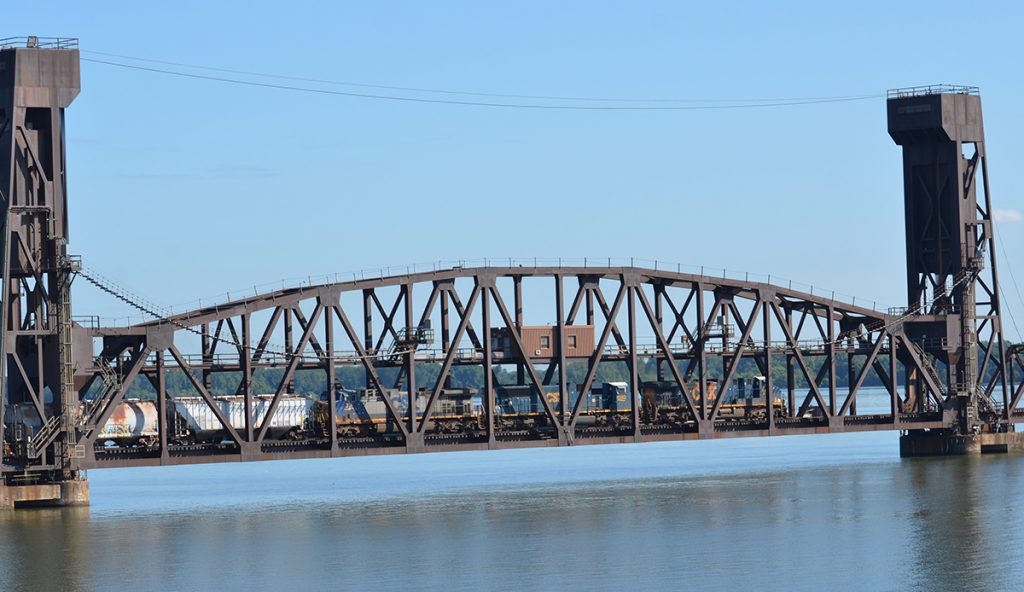

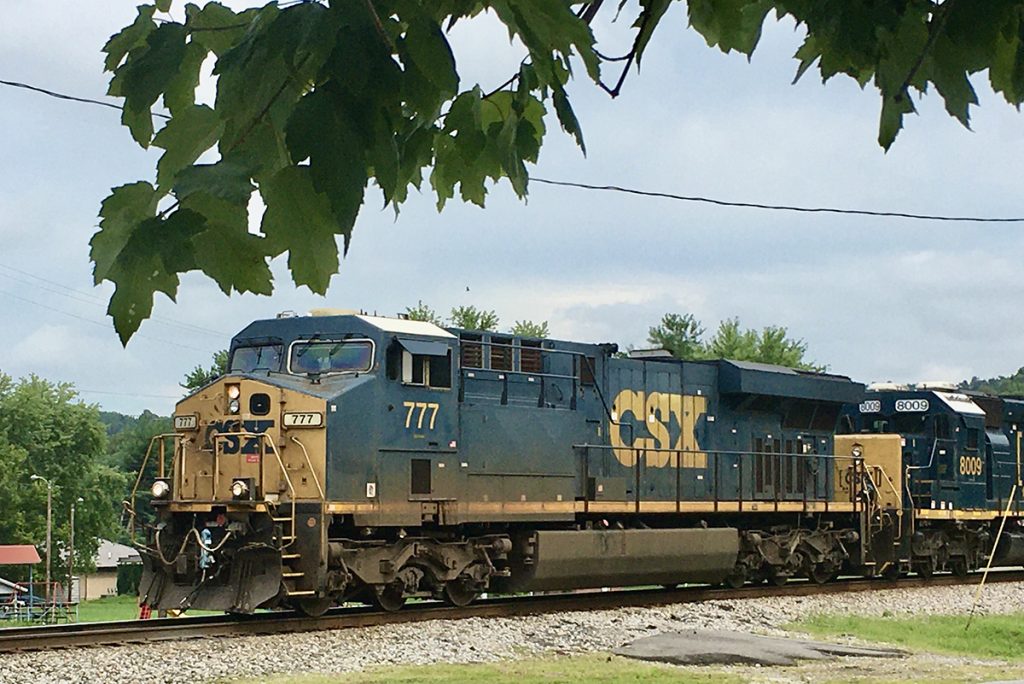

August 17, 2020 – West Kentucky Chapter of the National Railway Historical Society Meeting.
Program: “Stories from the Caboose”
by Neville Crawford, Retired L&N Conductor

A pair of Little Joes and two EMD diesels with a mile of freight tied to their tail reach to top of Pipestone Pass. The train is about to enter the tunnel under U.S. Highway 10 and the Continental Divide at Donald, Montana. Then it is all downhill, rather steeply to Butte, and river level down the Clarks Fork through Missoula to St. Regis. There the train will once again strain to attain the top of the Bitterroots.
Railroads in assembling long freights normally lash up multiple units to provide the power necessary to make the haul. But the Milwaukee Road was not normal. They lashed up multiple electrics along with multiple diesels, all operated by a single engineer. A special throttle device was used connecting the two differing systems, called the Wylie Controller, named for the inventor.
The Milwaukee Road crossed five major mountain ranges in their route to the coast, the Belts and Tobacco Roots (part of the Rockies) in Montana, the Bitterroots entering Idaho, and the Saddles and Cascades in Washington. Those tough grades were the justification for electrification. Unlike steam and diesel, electrics were impervious to high altitude and extremely cold temperatures. Under such harsh conditions, reciprocating engines loose horsepower.
On relatively level ground the electrics do all the work, while the diesel units were allowed to idle. At the foot of the next grade the diesels were powered up, adding to the mix.
This is one of my all-time favorite pictures, from the lens of noted photographer Steve Patterson. Nicely framed, it graces the wall in my office, I see it as I type this. Long-time readers, saw this picture and story over ten years ago. Gary O. Ostlund
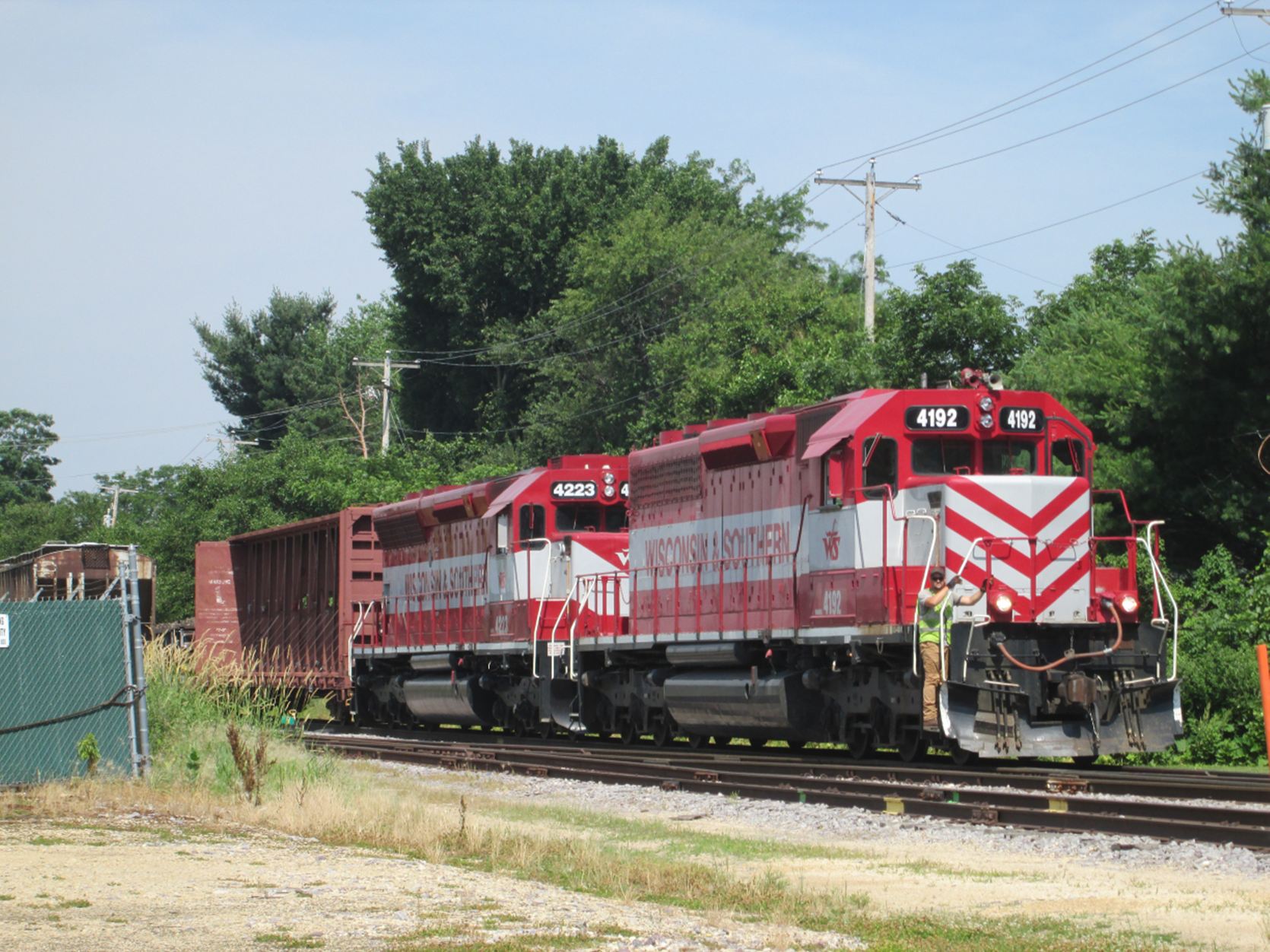

Wisconsin & Southern Train T006 (Madison, WI to Janesville, WI manifest) arrives at Milton, Wisconsin on the morning of 01-Jul-2020. WSOR number 4223 is second in command and a long way from her original home on the Denver & Rio Grande Western. 4223 is an SD45 which has been rebuilt to SD40-2 standards, while still retaining the classic “flared” radiator section of the locomotive’s long hood.
Below: Standing as a silent sentinel to a bygone era, the former Illinois Central depot in Belleville, Wisconsin is a little worn, but is being taking care of by a local group of volunteers. The depot is an important landmark on the Badger State Trail that follows the former IC Madison, WI to Freeport, IL route.


In wandering around the Antonito yard before departure, I was taken by this sampling of dual gauge track. This picture clearly shows three rails leading to a string of boxcars in the distance. The cars are narrow gauge.
In the heyday of the Denver & Rio Grande Western Railroad there were several stretches of dual gauge. Why dual gauge? The D&RGW served all of Colorado from West of the I-25 corridor and on to Salt Lake City. The severity of the mountain grades and curves in the Southwest quarter of the state made narrow gauge construction a necessity.
So, from Denver, Pueblo and Walsenburg west, to many points there was dual gauge track. In the LaVeta Pass area narrow gauge track was laid. Years later standard gauge was built on a nearby alignment. This allowed standard gauge ladings to move directly to distribution centers at the base of the mountains in places such as Antonito, Leadville, Montrose, and Salida. This also let the narrow-gauge cars to haul minerals, coal, limestone and other products directly to markets.
Standard gauge to this day reaches Antonito, however, there is no exchange of traffic. The narrow gauge Cumbres & Toltec Scenic is strictly for the tourists. And what a ride it was. Gary O. Ostlund
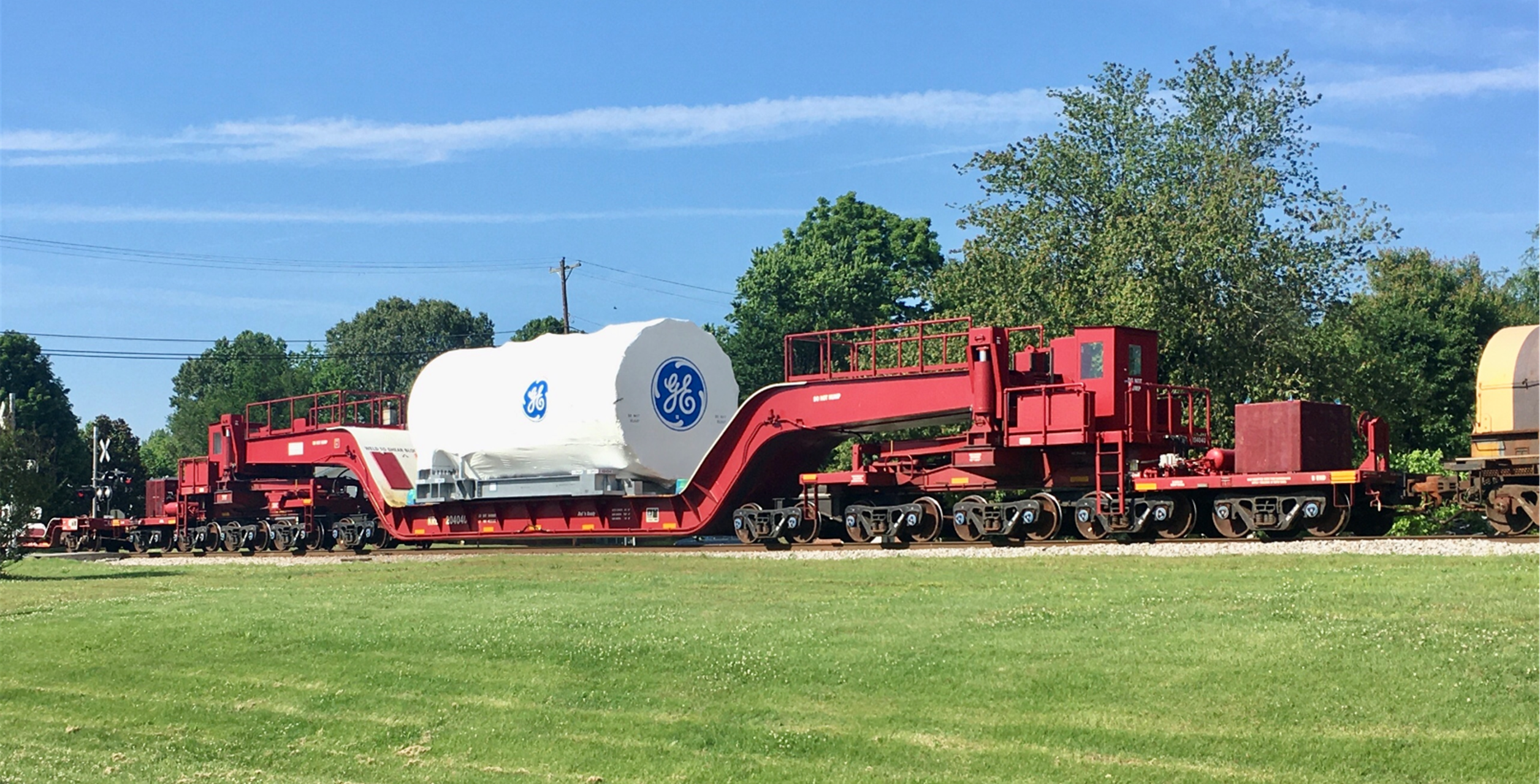
“Red-n-Ready”. Northbound oversized load going through Mortons Gap KY, 9:06AM, June 3, 2020. – Photography by Rick Bivins


I have been blessed that one of my pictures has been used in a TRAINS Magazine October 2020 special edition ‘CSX at 40’ along with several other great photographers!
The cold weather shot of CSX Q025 heading south through ice covered trees at Nortonville, Ky looks really good!!! Thank you to Jim Wrinn, Angela Pusztai-Pasternak, and all the Trains staff, ‘CSX at 40’ looks fantastic with great stories and photography inside! My first published photo in TRAINS Magazine!
Featured Modeler – Will Kling
I have Been N scale since 1971. The farm in the pictures is a non-railroad enterprise. I just thought it would be nice to have something that did not just have to be rail served.
I do plan on putting a foundation under the yellow building the farmhouse and put out the clothes lines and the other figures that I hand-painted. Also seen here are steel mill ingots I have just started to weather.
This layout covers 26 x 16 feet. When done I will have the L& N EK sub on the upper level and the SP / UP Chester sub on the lower level. The Red River Viaduct is 5 feet long. Click on picture for larger view!
Kato HO Code 83 UniTrack for sale – bundle includes straight and curved track sections: 10 2-105; 2 2-111; 28 2-120; 20 2-130; 56 2-150; 4 2-170; 16 2-210; 16 2-220; 4 2-260; 12 2-270. No. #4 turnouts: 5 2-840; 5 2-841. 10 Turnout remote switch machines and controllers, 2 bumpers, transformer/controller, and a pack of insulated joiners. Email billtrainthomas@gmail.com or text 270-339-9482 for more info. 750.00.
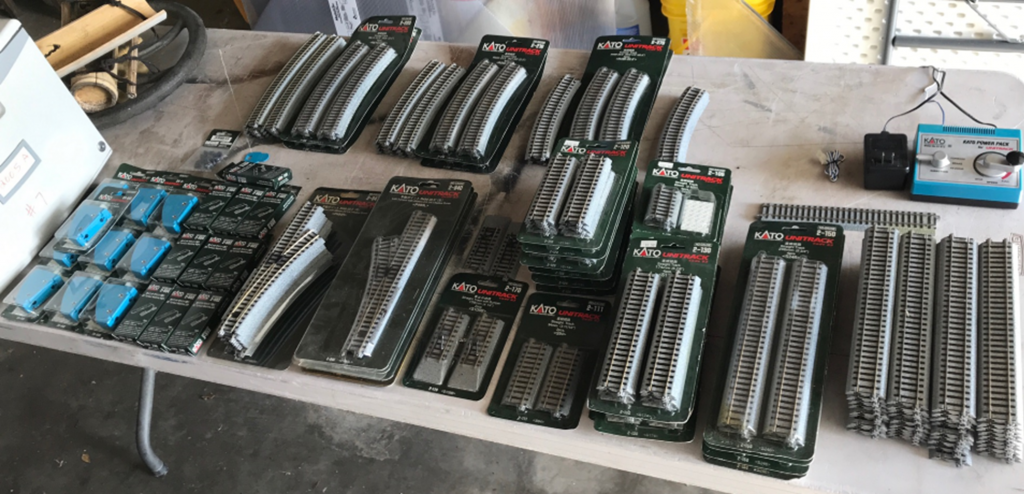
Congratulations to the winners of our Chapter’s May 2020 photo contest! We had a total of 6 entries this month and congratulations to Bill, Cooper and Ricky for their winning entries! Our next contest will run from July 15-31 with a submission deadline of August 7th of not more than two entries per chapter member!
The May winners are are:
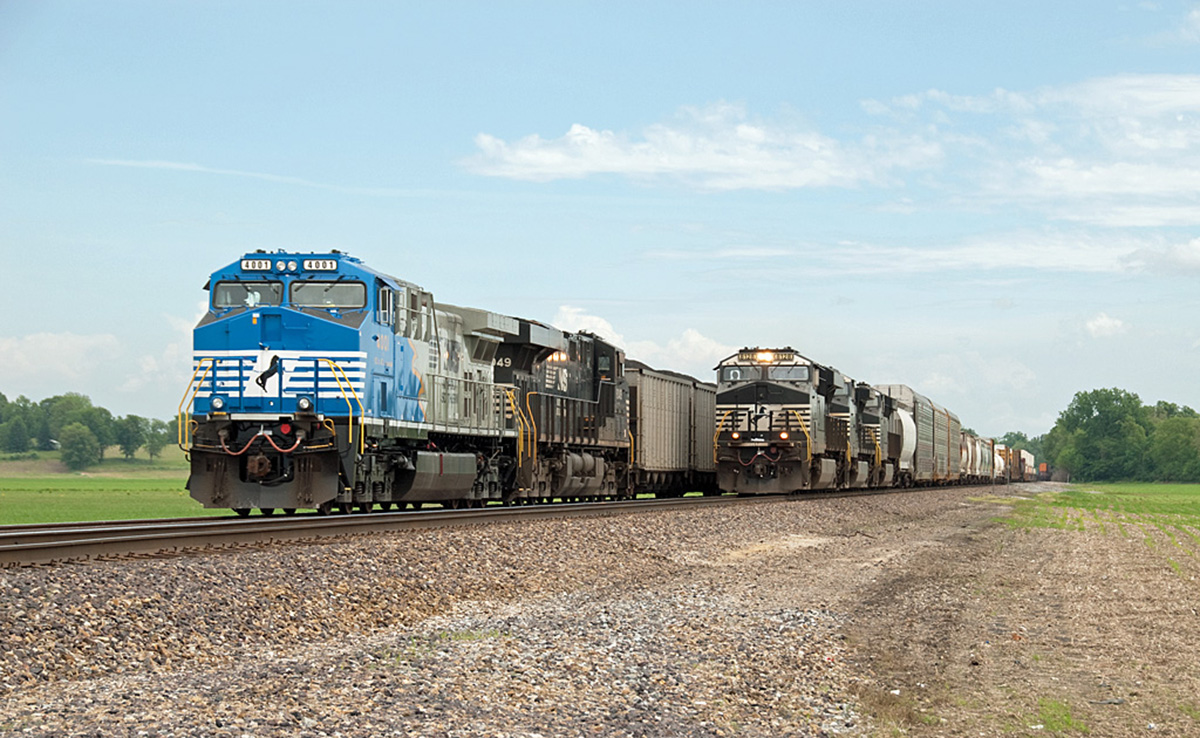
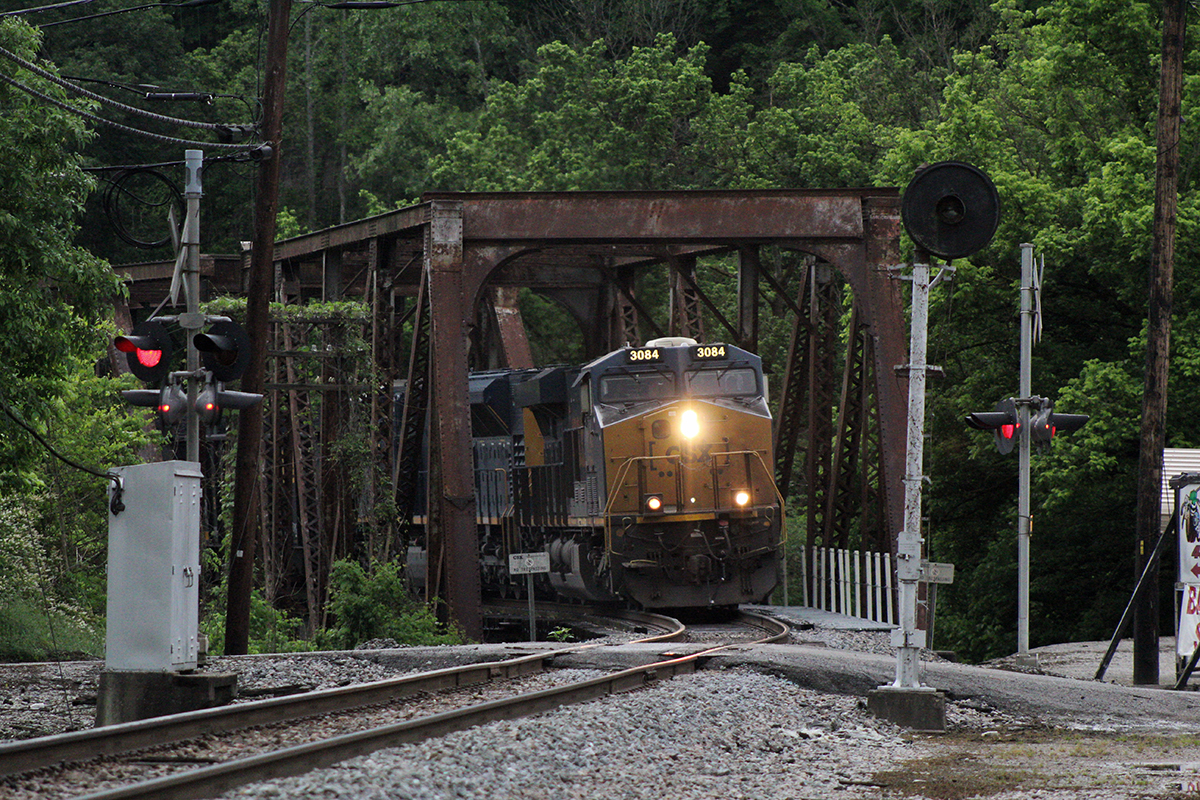
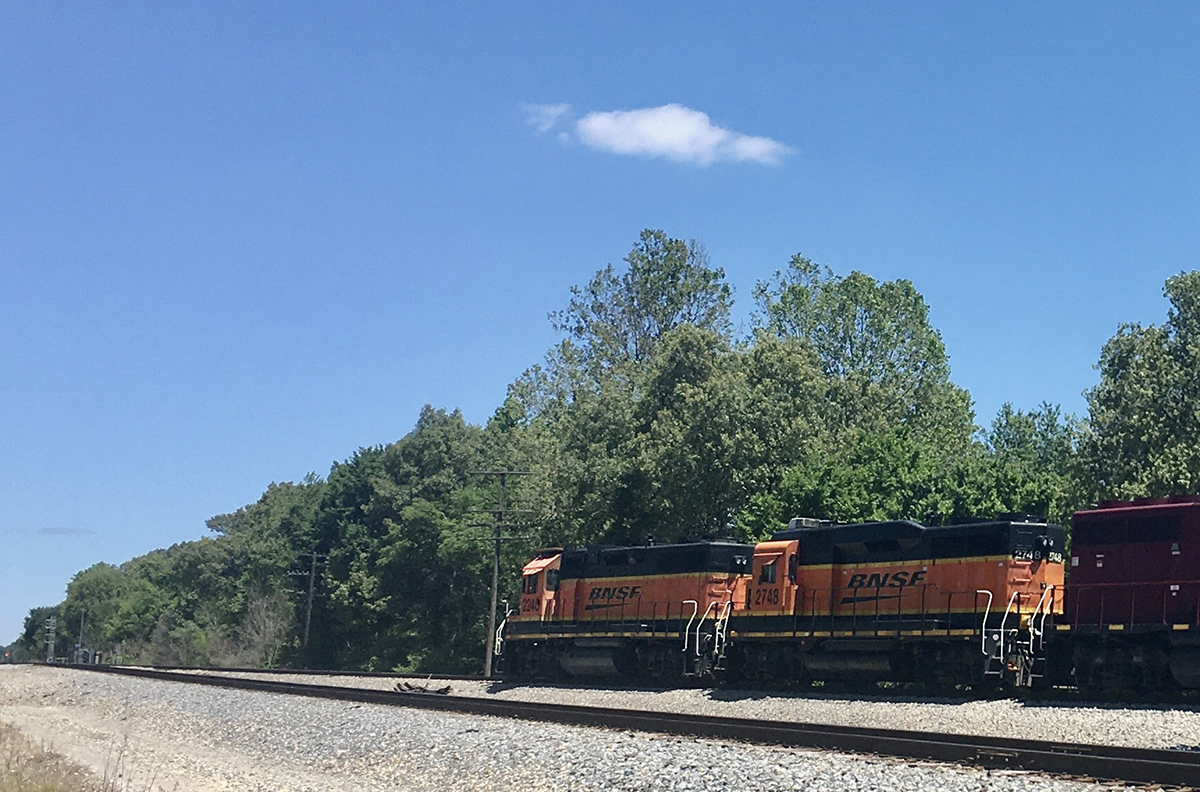
The other entries were…

